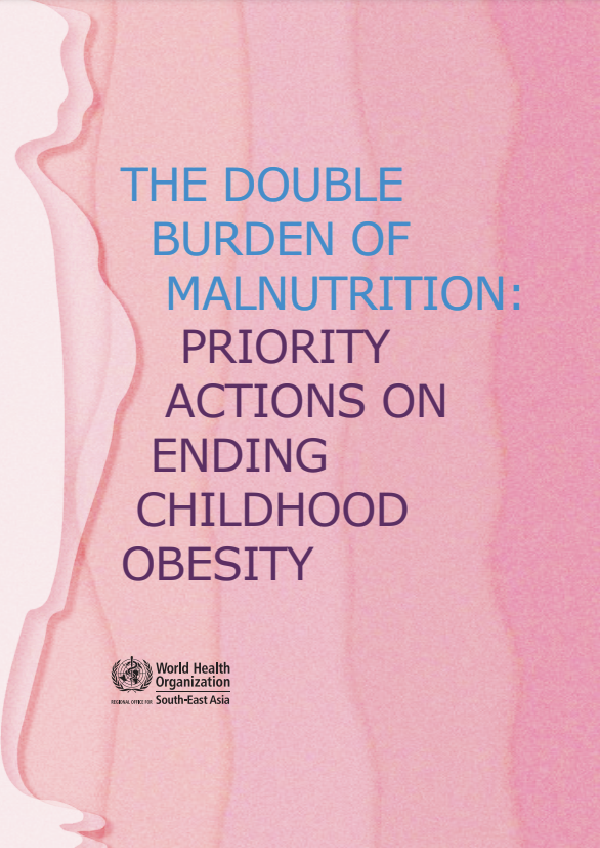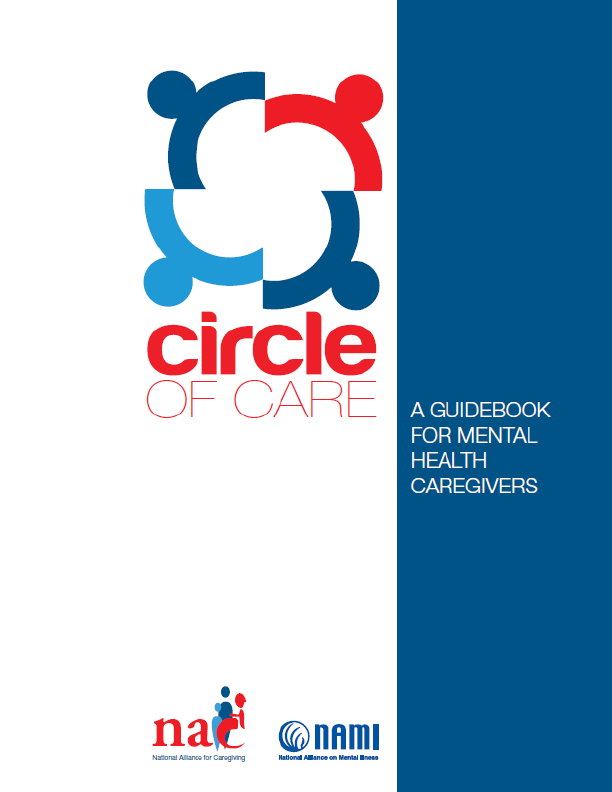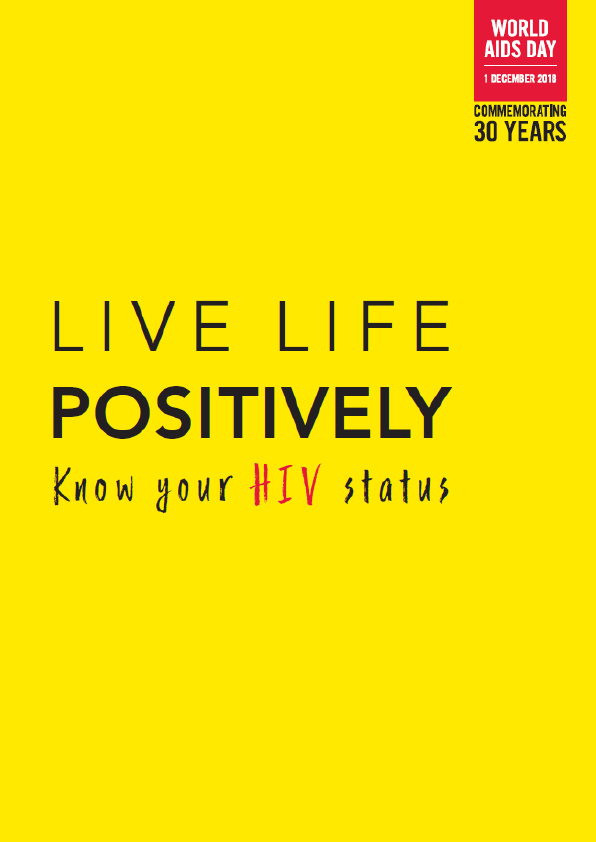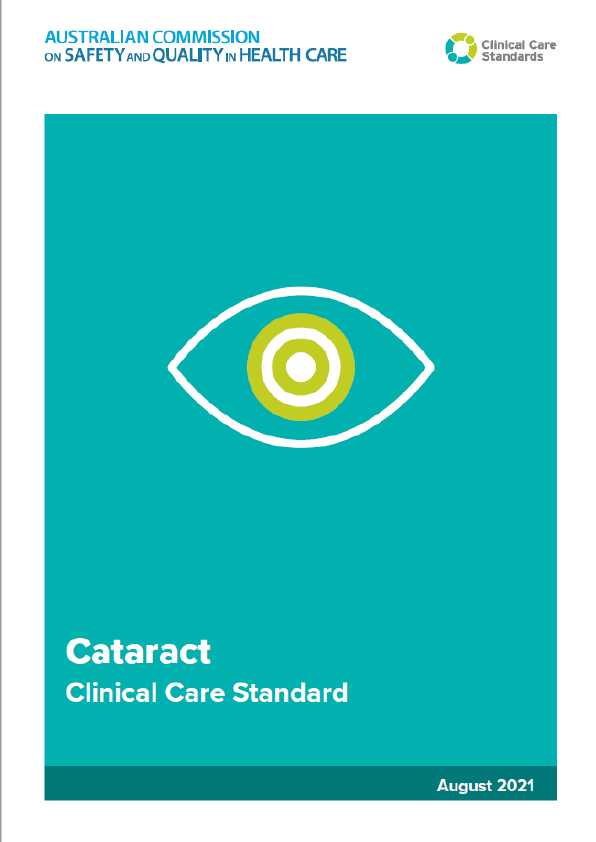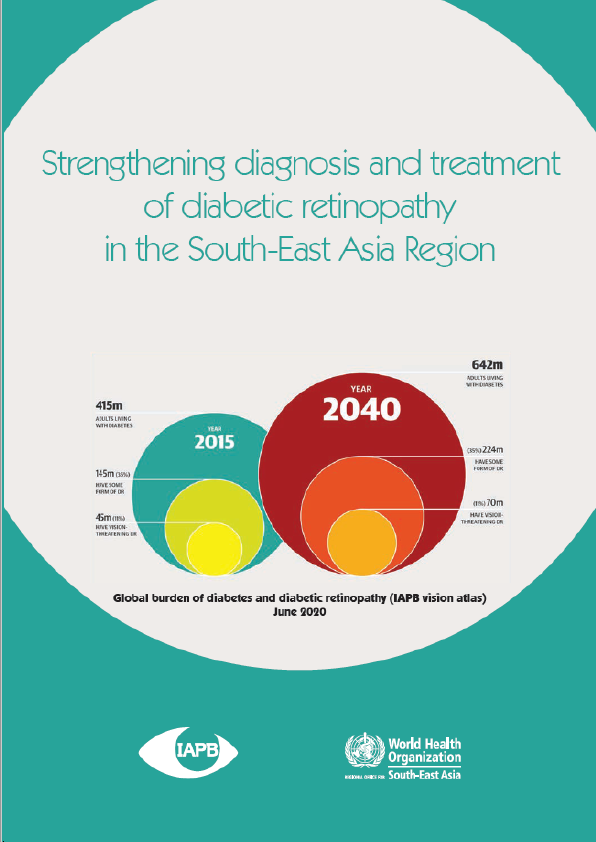Despite the rising prevalence of overweight and obesity in children, responses in addressing the problem range are inadequate in many countries in WHO South-East Asia Region where undernutrition is common. In these settings, the prevention of childhood obesity is not a priority despite the clear links between undernutrition and overweight and obesity and an ever-increasing burden of noncommunicable disease. This publication provides regional and country data on the double burden of malnutrition, particularly on childhood overweight and obesity, highlighting the need for an integrated approach to address overweight and obesity through integration into existing programs while supporting the improvement of food environments.
Children in WHO South-East Asia Region bear a disproportionate burden of the global problem of malnutrition.
- According to estimates, globally there are 144 million stunted, 47 million wasted, and 38 million overweight children under 5 years of age. The WHO South-East Asia Region bears much of this burden, with 52 million children stunted (a third of the global burden), 25 million wasted (half of the global wasting), and 5 million overweight (one-seventh of global overweight). Around 24.2 % of children are born with low birth weight.
- An estimated 7.4 % of children (38.4 million) of 5–19 years of age in the Region are overweight in 2020, and 22.5 % are thin.
- The trend of overweight among children has been rising rapidly across all age groups since 2000, while there has been a slow decline in stunting. Trends in wasting have remained stagnant in most countries.
A double burden of malnutrition exists in the Region at the population, household, and individual levels.
- A double burden of malnutrition exists at the population, household, and individual levels in all countries. This includes overweight mothers and stunted children and children who are both stunted and overweight. The current proportion of overweight children under 5 years of age who were also stunted was 15.2 % in Thailand and 73 % in Timor-Leste. Considerable sociodemographic variations in malnutrition status are seen across countries.
- The estimated prevalence of overweight is higher among older children than among those under 5 years of age.
- Substantial intercountry variation in the prevalence of overweight is a key feature among children under 5 years of age. The current prevalence of overweight ranges from 8.2% in Thailand and 8.1% in Indonesia to 1.6% in India, 1.4% in Myanmar, and 1.2% in Nepal. (Latest National data) Stunting and wasting present a mixed picture, being lower in Thailand and Maldives than in other countries.
- Child overweight is more prevalent among higher-income groups and in urban areas, while the prevalence of stunting and thinness is higher in low socioeconomic groups. However, data indicate that overweight is emerging in low-income groups as well.
- Across countries, the prevalence of childhood overweight and obesity is similar in males and females at any age, except in Maldives (under 5 years of age) and Bhutan (age group of 15–19 years).
The Global Nutrition Targets and Sustainable Development Goal targets are unlikely to be achieved by most Member States.
- The consistently increasing trends in overweight, which have been accelerating since 2010, pose a challenge to the efforts of almost all countries to achieve the Global Nutrition Target 4: halt the increase in overweight in children (under 5 years of age).
- Most countries are also unlikely to achieve the global target or national targets set for stunting and wasting.
The burden of malnutrition is driven by biological, socioeconomic, cultural and environmental factors.
- Globalization and urbanization are driving changes in the food environment and lifestyles in the Region. Unhealthy food environments, poor diets and sedentary lifestyles place many children on the pathway to obesity and enhanced risk of noncommunicable diseases (NCD).
- The high prevalence of low birth weight and stunting are also risk factors for obesity and NCDs, with their effects being compounded by unhealthy diets.
- The different forms of malnutrition share certain biological, socioeconomic and environmental determinants. This suggests that shared pathways could be identified for prevention strategies.
Countries should enhance policy measures to simultaneously address undernutrition, overweight and obesity.
- Multisectoral policies and plans in countries usually focus on undernutrition. Broader policy measures to include interventions to address childhood overweight/obesity are required urgently.
- Policies and programmes that focus on improving nutrition during early life and throughout the life course are of paramount importance. Simultaneously, there is a need to promote and support policies that facilitate the existence of an optimum food and physical environment.
Accurate and timely information is required to create awareness of the double burden and to inform evidence-based interventions.
- The scarcity of regular anthropometrics and implementation of dietary data on children, especially in the age group of 5–9 years, is a major barrier to the development of context-specific responses to childhood overweight.
- The Member States must take policy decisions on collecting, analysing and interpreting national-level anthropometric and relevant dietary data on children of the age of 5–19 years, and concurrently gather information regarding the food environment.
